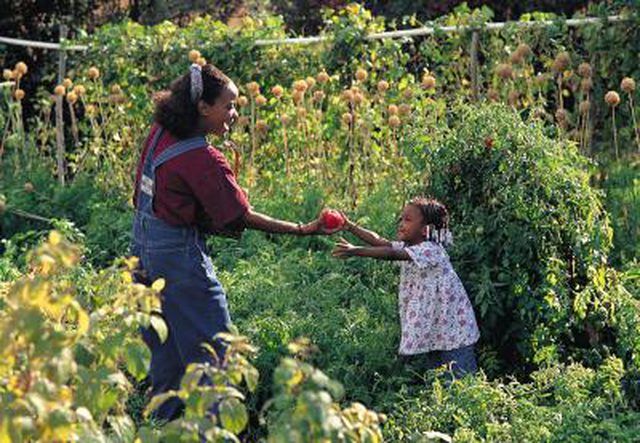Bulbs
Flower Basics
Flower Beds & Specialty Gardens
Flower Garden
Garden Furniture
Garden Gnomes
Garden Seeds
Garden Sheds
Garden Statues
Garden Tools & Supplies
Gardening Basics
Green & Organic
Groundcovers & Vines
Growing Annuals
Growing Basil
Growing Beans
Growing Berries
Growing Blueberries
Growing Cactus
Growing Corn
Growing Cotton
Growing Edibles
Growing Flowers
Growing Garlic
Growing Grapes
Growing Grass
Growing Herbs
Growing Jasmine
Growing Mint
Growing Mushrooms
Orchids
Growing Peanuts
Growing Perennials
Growing Plants
Growing Rosemary
Growing Roses
Growing Strawberries
Growing Sunflowers
Growing Thyme
Growing Tomatoes
Growing Tulips
Growing Vegetables
Herb Basics
Herb Garden
Indoor Growing
Landscaping Basics
Landscaping Patios
Landscaping Plants
Landscaping Shrubs
Landscaping Trees
Landscaping Walks & Pathways
Lawn Basics
Lawn Maintenance
Lawn Mowers
Lawn Ornaments
Lawn Planting
Lawn Tools
Outdoor Growing
Overall Landscape Planning
Pests, Weeds & Problems
Plant Basics
Rock Garden
Rose Garden
Shrubs
Soil
Specialty Gardens
Trees
Vegetable Garden
Yard Maintenance
How to Make a Simple Planting Guide for Square Foot, Compact, Raised Bed Gardening
How to Make a Simple Planting Guide for Square Foot, Compact, Raised Bed Gardening. Mel Bartholomew, in the book “All New Square Foot Gardening” and in his PBS television series, popularized the concept of square foot gardening. Instead of single rows, vegetables are planted in beds according to optimum spacing for their needs. Ease of...

Mel Bartholomew, in the book "All New Square Foot Gardening" and in his PBS television series, popularized the concept of square foot gardening. Instead of single rows, vegetables are planted in beds according to optimum spacing for their needs. Ease of planting, less weeding and healthier plants are touted as benefits. You can create a grid to help space seeds and plants correctly.
Things You'll Need
Plastic, thin plywood, fiberglass
Tape measure
Drill
Hole saw
Straight edge
Marker
Set up two pieces of flat material, each measuring 2 by 2 feet: plastic, fiberglass, thin plywood or whatever you have handy. Mark one in a grid pattern with holes 3 inches apart and the other with the holes 4 inches apart. The one with holes 3 inches apart can work for plants 6 inches apart as well, and the one with 4-inch holes can double for plants 12 inches apart. The overall size may be larger or smaller than 2 by 2 feet, though that size also works well for beds that are larger or longer. You could also use sturdy fabric or plastic sheeting that can be rolled up for storage.
Drill 1-inch holes at each intersection of the grid with a hole saw.
Mark the guide with recommended spacing for various plants. On the 3-inch guide, list plants that should be spaced at 3, 6 and 12 inches. On the 4-inch guide, list plants that should be spaced at 4 and 12 inches.
Plant a seed in each appropriate hole, remove the guide and cover the seeds. For transplants, use the guide to mark each spot by digging an indentation with a trowel, remove the guide and plant the transplant. If your bed is longer or wider than the planting guide, reposition the guide as needed to cover the additional area.